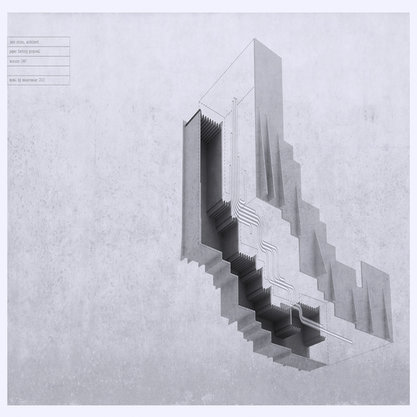Article
Raqs-e melli By Shay, Anthony
Article
Iranian-Armenians Madame Cornelli, Madame Yelena Avakian, and Sarkis Djanbazian, all of whom had learned ballet in Russia or Europe, came to Iran where they opened private dance studios. They began the process of modernizing Iranian dance for performance on proscenium arch stages. To accomplish this task, in a choreophobic environment like that of Iran of the late 1920s to the 1950s, they engaged in two important activities. First, they created a new dance genre, an invented tradition that the Ministry of Fine Arts designated as raqs-e melli, national dance. This new dance form borrowed from classical ballet, Armenian and Iranian solo improvised dance, Armenian and Iranian folk dances, and other Western sources. Second, in order to appeal to the educated class of Iranian Muslims who were familiar with the West, they adopted themes that were taken from Persian literature and pre-Islamic history, as well as bucolic scenes from village life. Their studios were the first sites of dance recitals and concerts using Western-style stages and techniques. In the 1950s, the Iranian government founded the first professional dance companies—a ballet company and a folk dance company—based on the techniques and work begun by these teachers.

